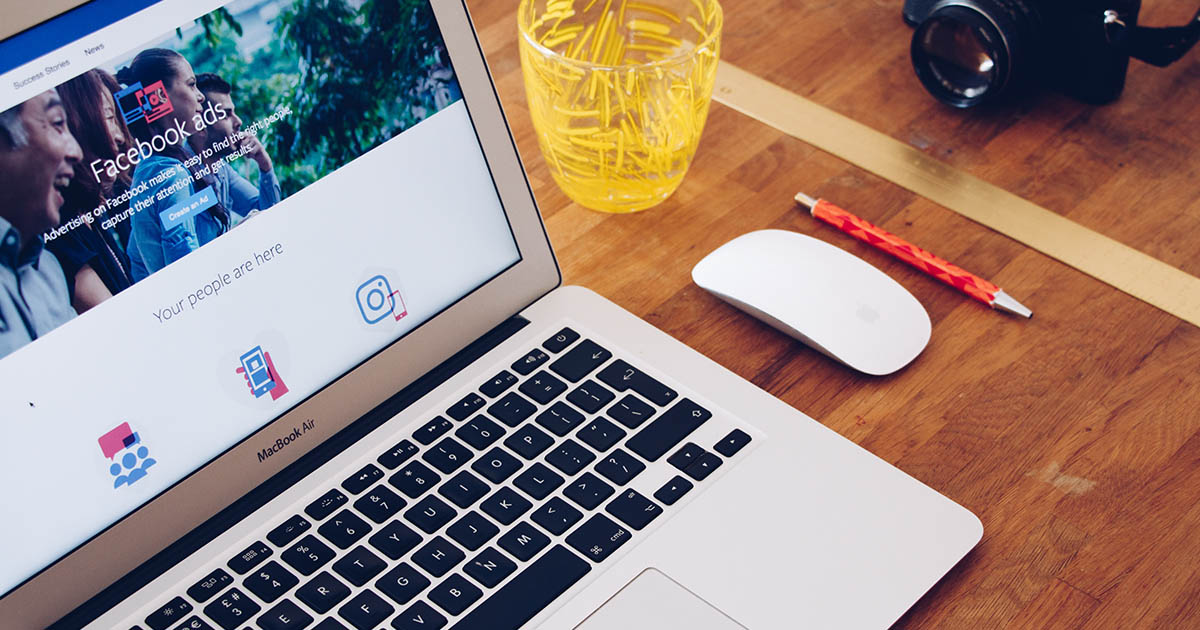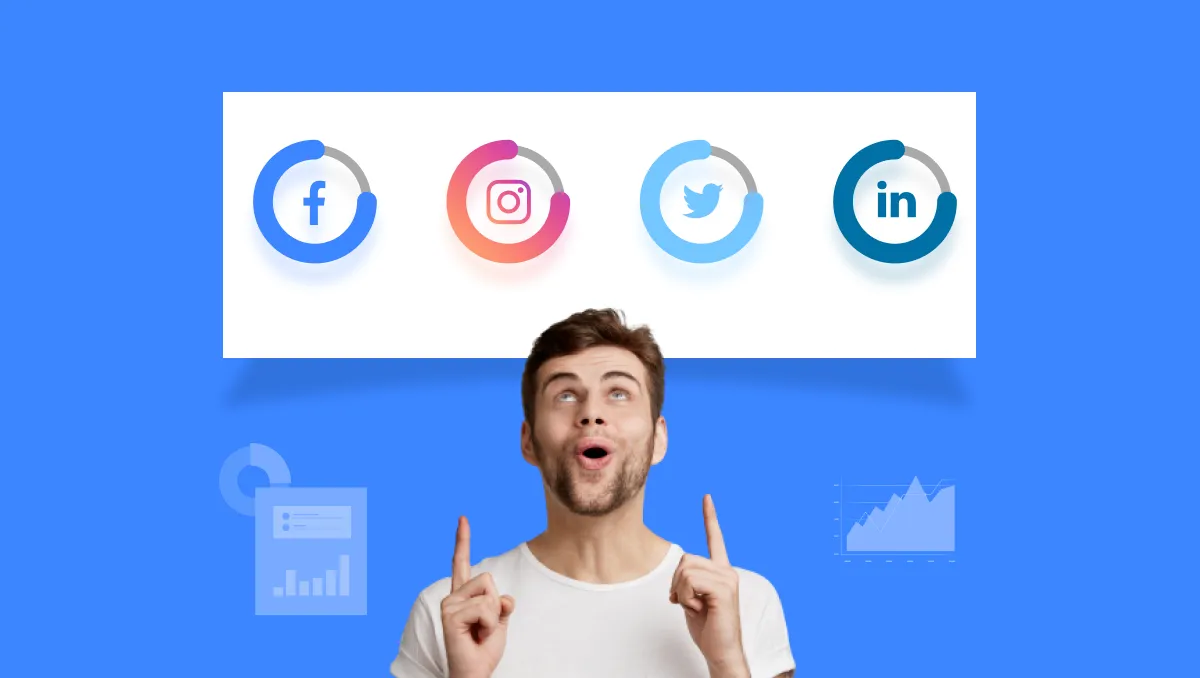“Successful companies in social media function more like entertainment companies, publishers, or party planners than as traditional advertisers.”
– Erik Qualman (@equalman)
The e-commerce industry is steadily gaining retail supremacy. To stay relevant, all businesses are striving to gain prominence on social media advertising platforms.
Every company has a preferred social media platform from where their marketing campaigns fetch lucrative returns.
So which of the following advertising platforms are best suited for your social media marketing campaigns -Facebook Ads, Google Adwords, Twitter ads or Bing Ads?
To make the correct decision, we have to first understand the structure and functioning of each of these social media platforms and thereby analyze their utility to the concerned business.
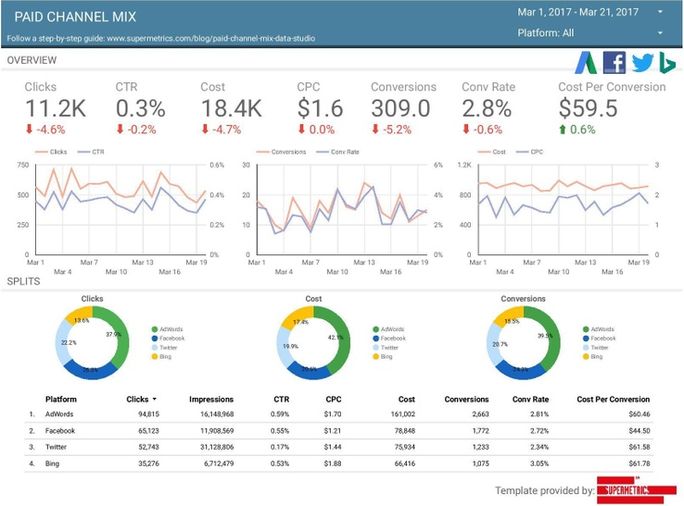
1. Google Adwords
Google AdWords serves an average of 29,741,270,774 impressions per day (nearly 30 billion)
– Google statistics research
Adwords is a PPC(PAY-PER-CLICK) platform and is now synonymous with the term’ paid search’.
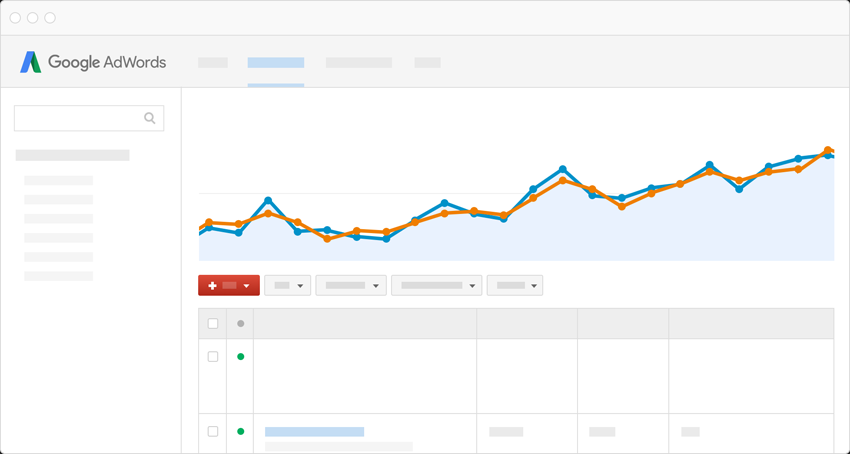
The paid search works in the following manner:
- Focus is on keywords and text-oriented ads
- Google users enter specific phrases or keywords while performing the search. Bidding is done by the advertisers on the ‘possible keywords’
- Hence these ads are displayed when keywords are searched for,
- Every time an ad is clicked, the advertiser is charged a specific amount.
Google ads have far reaching effects and much more scalable as compared to Bing and other ad platforms.
The prime reason being that Adwords is Google’s offspring and has an access to greater traffic. More traffic means greater leads and conversions.
One big advantage of Adwords over competitors is the ability to offer Ad Extensions. These Ad Extensions allow the internet user to land on the specific page of the website making his internet experience a pleasant one.
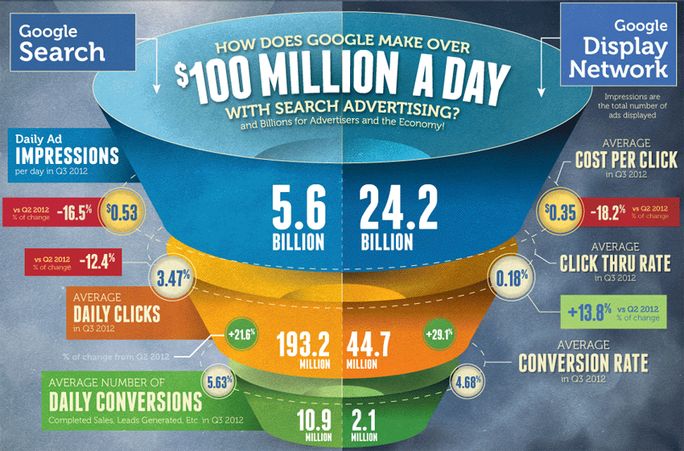
Another feature offered by Adwords is the Google remarketing. As a marketer, you would want to keep track of which users spent time surfing on your website but did not convert.
Google Remarketing gives you a data on those users which you can use effectively to lure them back. This wonderful feature cannot be availed by Bing Ads users, as they get only one single marketing opportunity.
Google Analytics is an inherent feature of Google Adwords and every Adwords marketer can avail this feature.
These Analytics are extensive and provide businesses with complete information regarding the performance of their marketing content.
Moreover, Adwords keeps introducing new formats like in-video ads, shopping ads and product listing ads on YouTube that are likely to convert better. It’s a win-win situation for Google as well as the advertisers.
Here is a quick roundup on why Google Adwords dominate the social media ad campaign scenario.
Google Adwords offer:
- Google ads extensions
- Integrated Google analytics
- Google remarketing campaigns
- Higher traffic
- Better engagement with new ad formats
2. Facebook Ads
There are over 7 million active advertisers on Facebook
We already know that the figures of Facebook Monthly active users and the time they devote to the largest social media platform is staggering high.
Undoubtedly, this is the most popular social media platform, and businesses find it lucrative to reach out to their prospects and customers.
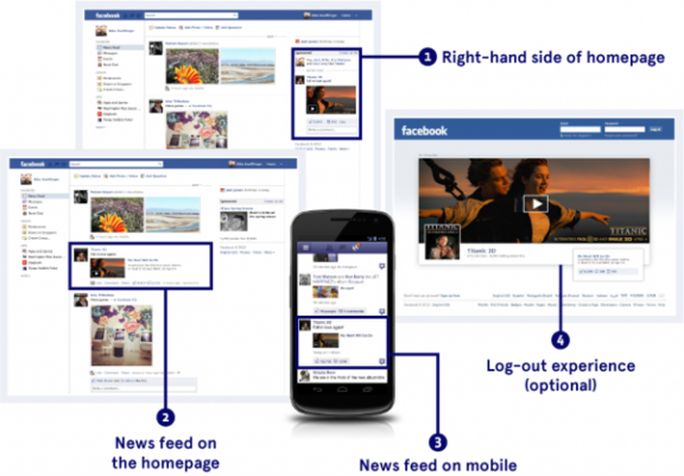
Facebook advertising is a ‘paid social’ which directs users to find businesses as per their searches and interest in products they hunt online.
Hence what is the basic difference between Facebook paid ads and Google Adwords?
While Adwords helps businesses seek new clients using keywords, Facebook Ads guide customers to reach businesses.
A business can design a social media marketing campaign for Facebook using the various Ad formats provided.
Every Ad campaign has its business objectives which could be the promotion of the products, driving traffic to the website, brand awareness, or more.
Facebook has a huge audience base which businesses can tap into and devise marketing plans central to this platform.
People share all major events of their lives on Facebook like marriage, the birth of children, birthdays, celebrations and much more. A marketer can consume all this information and create innovative offerings for its targeted audience.
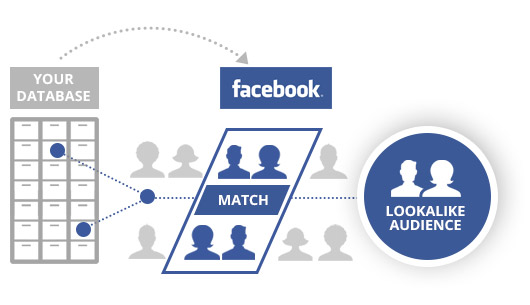
Advertisers can create a segment ‘Lookalike audiences’ to increase their potential reach on Facebook. They can do this by uploading their personal data of clients and consumers and filter the information to match the user’s query.
Marketers can leverage the benefits of these ‘lookalike audiences’ to expand their reach and get closer to the ‘real’ audience.
Facebook ads are extremely affordable and are, therefore, a viable option for startups and small businesses. Moreover, companies can make some incredible ads using visuals, images, and other features of the Facebook News Feed.
Creating high-quality ads immediately places your product/service into a higher slot above competitors.
The Facebook Ads platform provides following formats in which you can design your Ads.
- Right-hand rail ads- The basic forms of ads on Facebook
- Link ads- The most common forms of ads appearing in the News Feed
- Multi-product/carousel ads- Advertisers can display up to 5 products in a single Ad
- Lead ads- Displayed in mobile and desktop new feeds
- Canvas ads- Can be created through Facebook’s self-serve creation tool
- Dynamic ads- Targets specific audiences based on their surfing patterns
The purpose of boost posting is to increase engagement.
3. Twitter Ads
80% of all Twitter users mention a brand in their Tweets
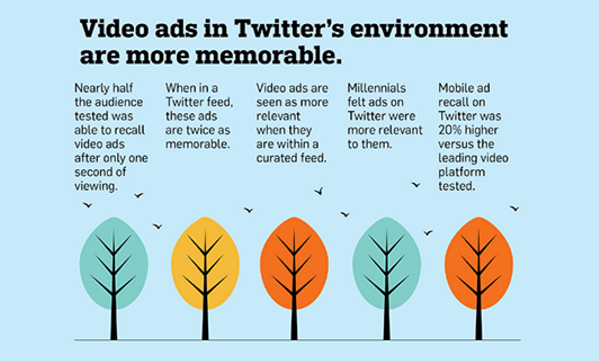
Twitter was one of the pioneer platforms to recognize the potential of social media advertising. Twitter has now gone the Facebook way and is striving hard to improve its features on its Ad platform.
Advertisers can choose from Promoted Tweets, Promoted Trends, and Promoted Accounts for their Twitter Ad campaigns, but the best Twitter ads are the ones featuring videos.
Constant improvement by Twitter
Twitter introduced new tools for its objective-based campaigns which allow marketers to buy campaigns on this platform in four different ways.
Though Twitter has recently made changes to its pricing system where advertisers can pay for the engagements, they can still opt for the cost-per-engagement model.
Twitter no longer targets its users automatically and it’s bidding system and targeting system is now very similar to that of Facebook.
After launching the First view for videos in February 2016, Twitter upgraded the Twitter Amplify video-ad platform in September 2016.
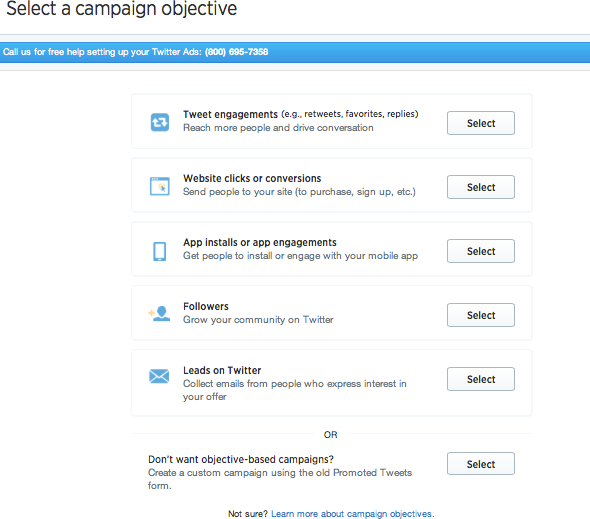
This is a recent addition to Twitter Ads where users can select the objective of their social media campaigns. Advertisers can make a budget, set their bidding, and start off with their campaigns.
Advertisers at the Twitter platform pay only when the audience takes an action pertaining to their campaign objective.
There is no charge for organic engagement and advertisers do not need to pay higher than their bid amount.
The Facebook-Twitter comparison
Twitter faces its biggest competition from Facebook as the latter’s global target audience reach is tough to compete with.
Moreover, there is a landslide difference in the pricing system of the two platforms. The average click-through rates of Twitter Ads are definitely value for money, but if we analyze the overall pricing structure, Facebook ads are much more pocket-friendly. When it comes to engagement, Facebook again leads, though by a nominal margin.
4. Bing Ads
Does anybody actually use Bing?
The answer is – yes.
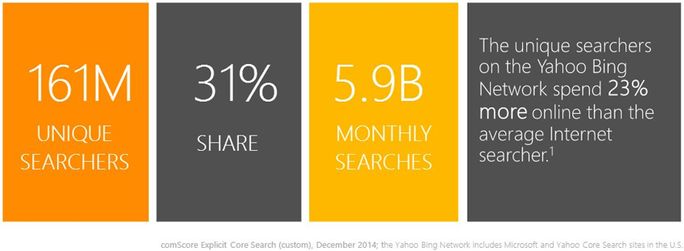
Search operations on Bing
Yahoo is the default search engine for Firefox and devices like the Windows Phone, Xbox, Kindle Fire have Bing search engine installed. Even searches by Siri are powered by Bing and this platform has 32% share in desktops and PC searches in the US. So people are definitely searching on Bing.
Audience
Bing has a 32% of the search market share and its ad audience is older, more educated, and higher income group with a high percentage of females.
Though Adwords has a much higher audience, it is important to understand that the various segments of people have different preferences.
So if marketers are campaigning for luxury or vintage items, Bing Ads will be the ideal platform.
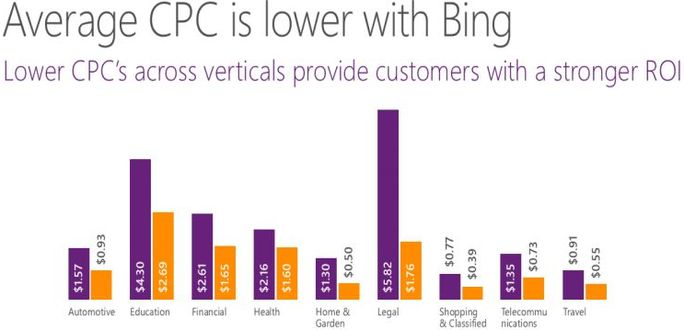
Industry-specific
Bing has a strong market presence in some industries like the auto industry, finance, travel, and Telecom. In addition, Bing also charges lesser CPC in specific industries.
Innovation
Bing is constantly rolling out new features and improvements.
It launched the Universal Event Tracking using which businesses can maintain a single tag for a website, irrespective of the number of ongoing campaigns.
It is also working on the new features like Simplified device targeting, Auction Insights, and Enhanced Sitelinks, and Bing is geared towards improving the User experience to draw greater search audience.
Wrap-up
It is quite clear that social media industry giants like Facebook and Google are leaders in the ad campaign markets, while the Twitter and Bing Ad platforms are preparing slowly and steadily for the stiff competition. There are niche markets that cater effectively to Bing and Twitter ad platforms and can provide advertisers a higher ROI than the ‘most popular’ ad platforms.
A business must identify the ad platform that reaches its target audience and invest their resources accordingly. Though Google Adwords occupy 67% of market share in the US, you will be ignoring a large target population if you do not use Bing Ads (32%) for your marketing campaigns. With 300 million active monthly users, Twitter is a great platform to showcase your products and services. So why miss out there!
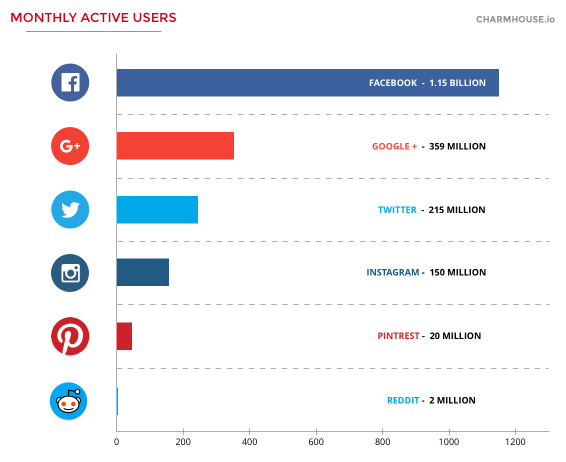
Social media provides a vast market for businesses to reach and connect with the audience all over the world. It is for marketers to analyze the potential benefits of each and every platform and select the best social media platform for their business marketing campaigns.
